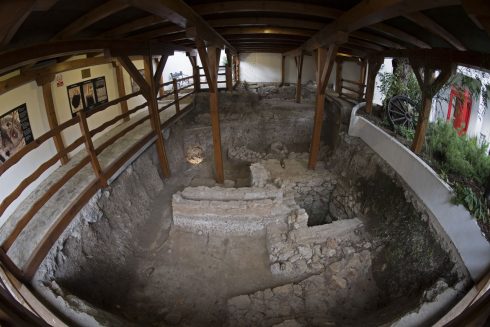THE number of summer days in the main Spanish cities has increased from 90 to 145 in the last 50 years, according to a study by the Polytechnic University of Catalonia (UPC).
The study, carried out by the UPC’s Centre for Land Policy and Valuation (CPSV), was presented on Tuesday, April 25, at the general assembly of the European Geoscience Union (EGU) in Vienna (Austria).
According to the research, the average temperature increase in Spain’s main cities has risen by 3.54 °C between 1971 and 2022, one of the most pronounced climatic anomalies in the world.
In addition to an increase of two months of warm days, tropical nights have increased by 18 and have risen from an average of 45 to 63 since 1971.
The Centre for Land Policy and Valuations (CPSV) of the UPC, linked to the Barcelona School of Architecture (ETSAB), has analysed the warming process in the main Spanish urban areas from 1971 to 2022 by analysing data from 21 weather stations throughout Spain.
Specifically, it has studied Barcelona (with data from the weather stations at the Fabra Observatory and El Prat airport), Madrid (Retiro Park and airport), Valencia, Zaragoza, Seville, Malaga, Bilbao, Valladolid, Ciudad Real, Badajoz, Asturias, La Coruña, Ourense, Murcia, Logroño, Palma de Mallorca, Las Palmas de Gran Canaria and Santa Cruz de Tenerife.
The study, which highlights the danger to health posed by heat waves, recalls that in the summer of 2022 there were 22,249 additional deaths in Spain compared to the expected mortality, of which at least 4,732 were due to high temperatures.
The study concludes that the average temperature increase in the main cities of peninsular Spain has risen by 3.54 °C for maximum temperatures, 2.73 °C for minimum temperatures, and that 2022 has been the hottest year on record.
READ MORE:
- Almost all of Spain at ‘extreme’ or ‘very high’ risk of forest fires
- Spain’s Andalucia set to swelter with highs between 35ºC-40ºC forecast this week









